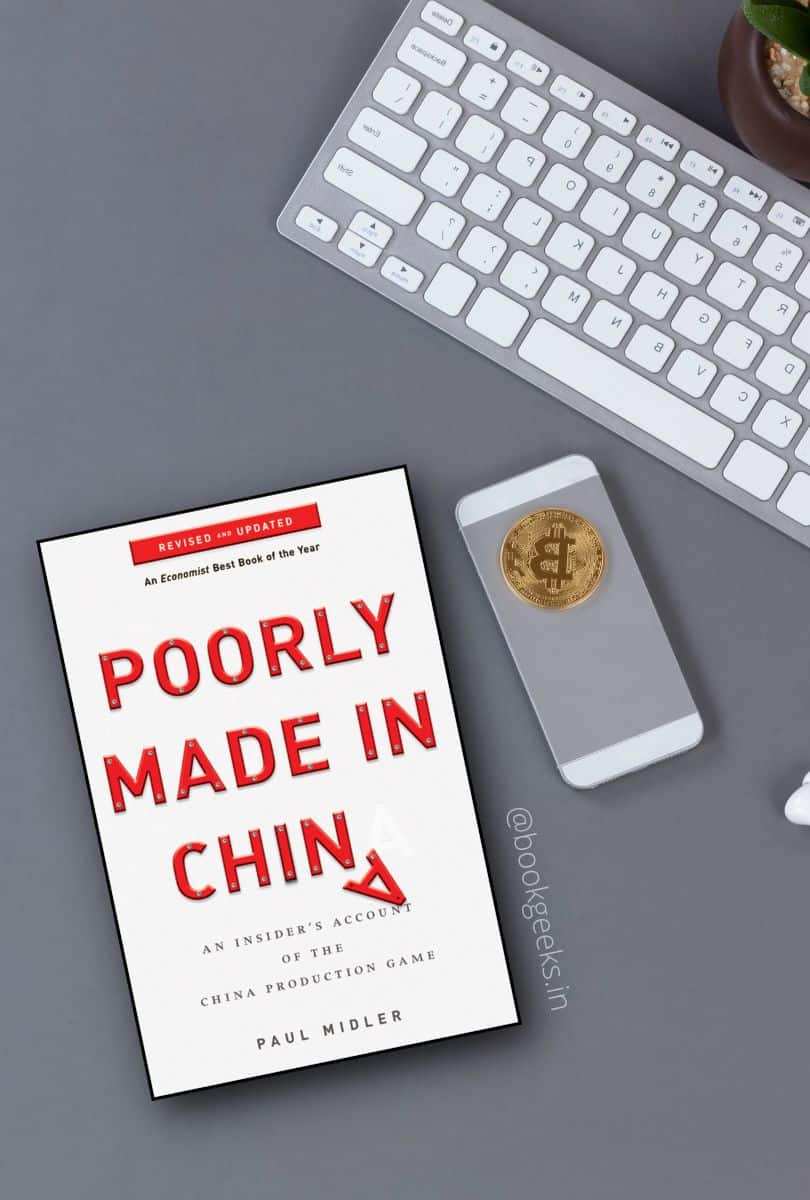SUBJECT: 4/5 WRITING: 4/5 RELEVANCE: 4.5/5 OVERALL: 4/5
“They believed that the customer’s exact wishes mattered only as far as they were necessary to capture the initial order. Beyond that, they figured, what an importer didn’t know couldn’t hurt it.”
– Paul Midler, Poorly Made in China
In search of an engaging business read on my Storytel app, my curiosity led me to Paul Midler’s book, “Poorly Made in China.” Originally published in 2009, I believe this book remains as relevant today as it was nearly a decade ago.
The allure of China, with its enigmatic manufacturing world, has always fascinated me. It’s a place where fierce competition reigns supreme and ambitious individuals vie for opportunities that can propel them toward success, wealth, and even fame.
So, what’s the book all about?
Paul Midler takes us on a journey deep into the cutthroat manufacturing landscape of China and its implications for the global economy. Having spent more than a decade living in China and working closely with local manufacturers, Midler offers a unique insight into the Chinese business environment, shedding light on the cultural nuances that significantly influence Chinese decision-making and business practices.
Midler’s keen observations, ability to decipher local customs, and unique skill set allow him to unravel the intricacies of Chinese manufacturing like no one else can. This expertise is highly sought after by U.S. importers who enlist his services on a project-to-project basis to bridge the gap between them and their Chinese counterparts.
Drawing from his extensive experience in southern China and his proficiency in the local language, Paul recounts numerous examples and case studies in a candid and often humorous style. These anecdotes make for an engaging, adventurous, and insightful reading experience.
The book emphasizes what can and often does go wrong when U.S. companies shift production to China. With a front-row seat to numerous negotiations between manufacturers and importers, Paul provides valuable insights into life in China and how business is conducted.
Numerous examples illustrate his points. Midler showcases how manufacturers employ various tactics to secure contracts and subsequently squeeze the profit margins of importers. One noteworthy case involves a company that produces shampoos, lotions, and similar products.
From altering labeling sizes to reducing the quality and quantity of plastic used for packaging (leading to bottles collapsing and shipment losses), to discreetly substituting cheaper ingredients and fragrances, and even outright deception—these are some of the tactics employed by Chinese manufacturers to bolster their profit margins.
The book underscores that this mentality and behaviour are pervasive throughout China, regardless of the product or region. The author humorously illustrates Chinese negotiation tactics through these examples, some of which are so unbelievable that they border on the comical.
Through these real-life stories, the author demonstrates that the issue of poor Chinese quality, often heard of, is not an exception but rather the rule.
With its accessible narrative style, “Poorly Made in China” offers a fast-paced and intriguing reading experience. The author also provides valuable insights into Chinese culture, highlighting how, at times, the collective society prioritizes profit generation through exports.
However, it’s essential to note that the book is written from an individual’s perspective and heavily relies on personal experiences. In many ways, it resembles a business memoir rather than an objective, factual study of Chinese manufacturing.
If you’re a fan of business books, intrigued by China, or enjoy business memoirs, “Poorly Made in China” is a must-read. Dive into it to uncover the captivating world of Chinese manufacturing and its impact on the global business landscape.
Can’t wait to read it? Buy your copy of Poorly Made in China using the link below.
